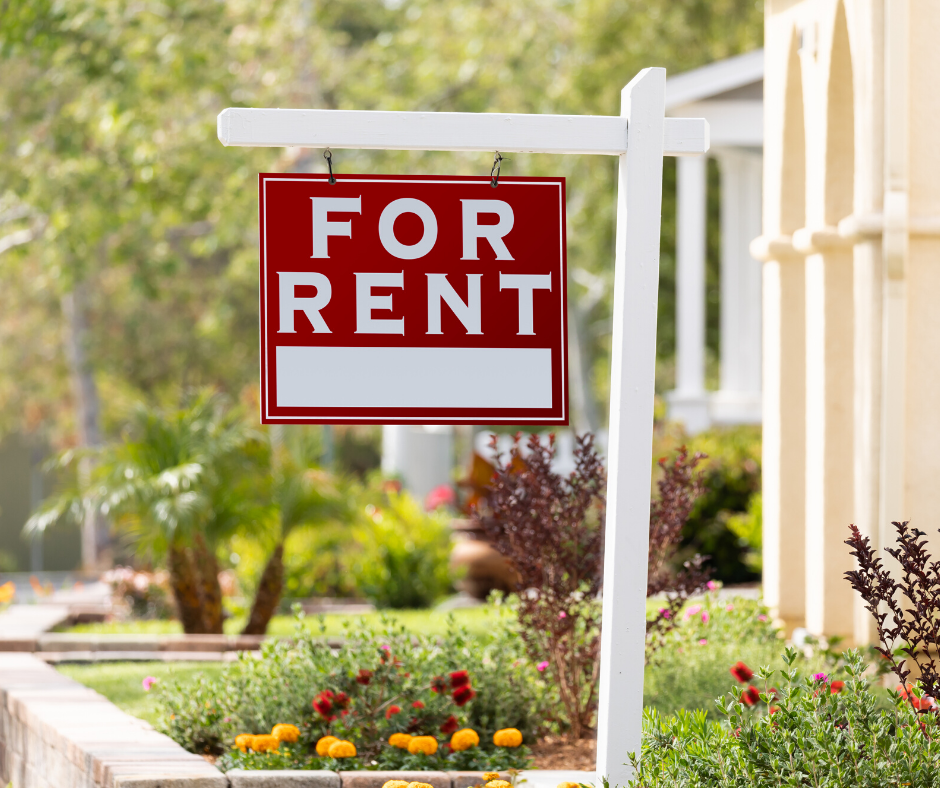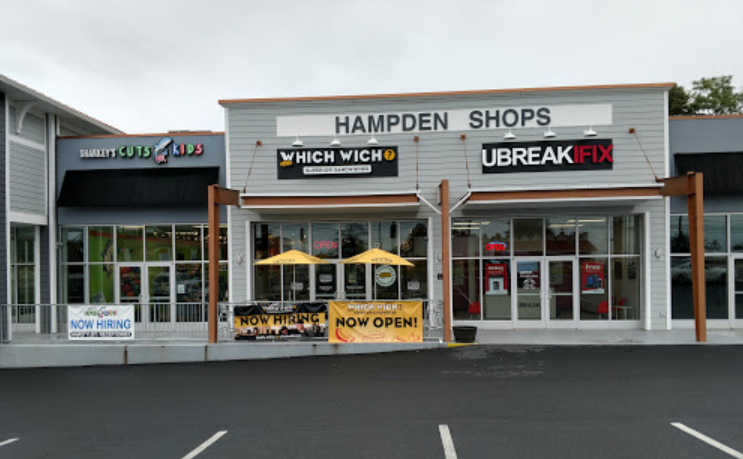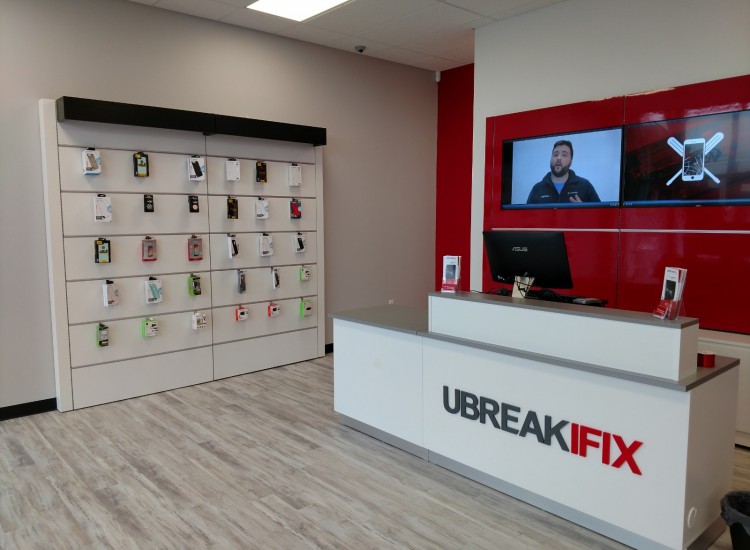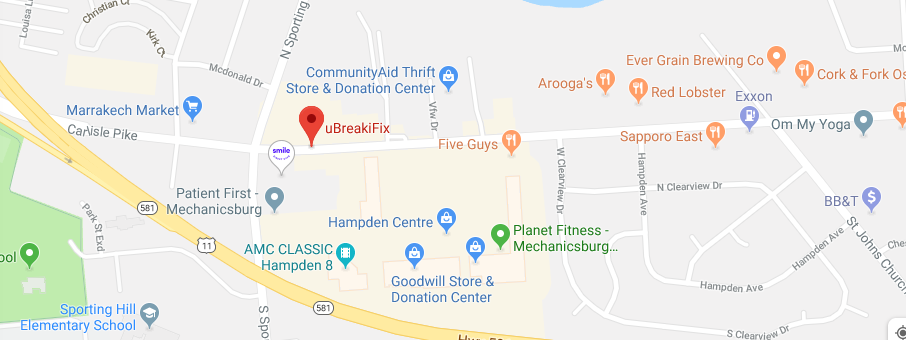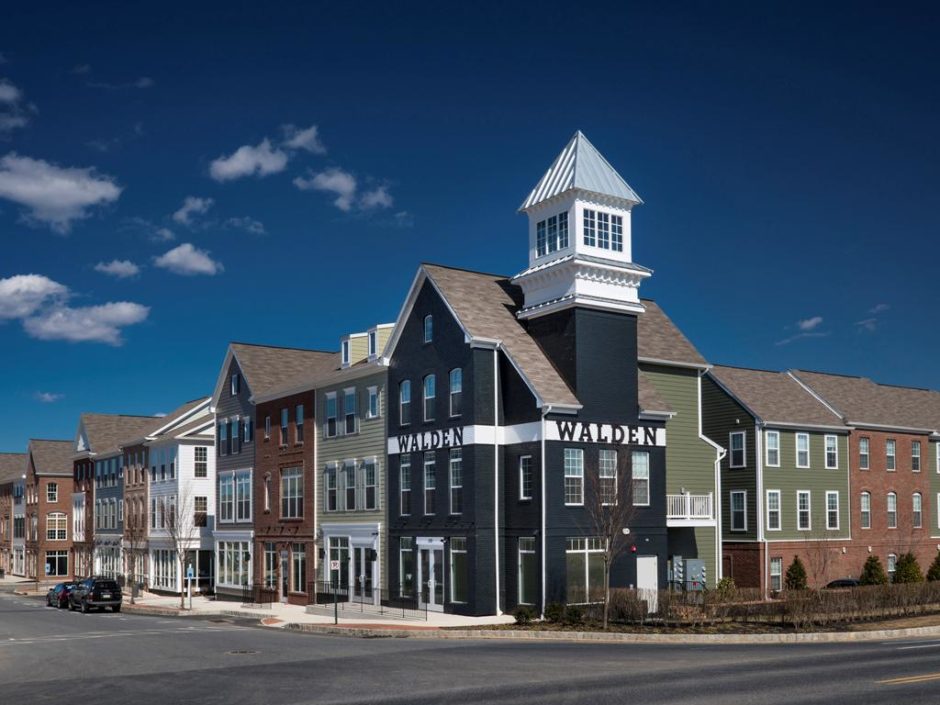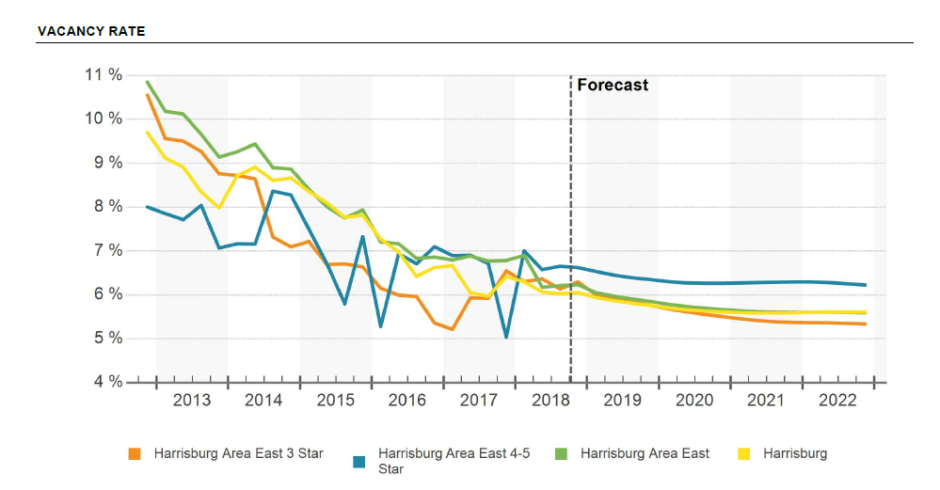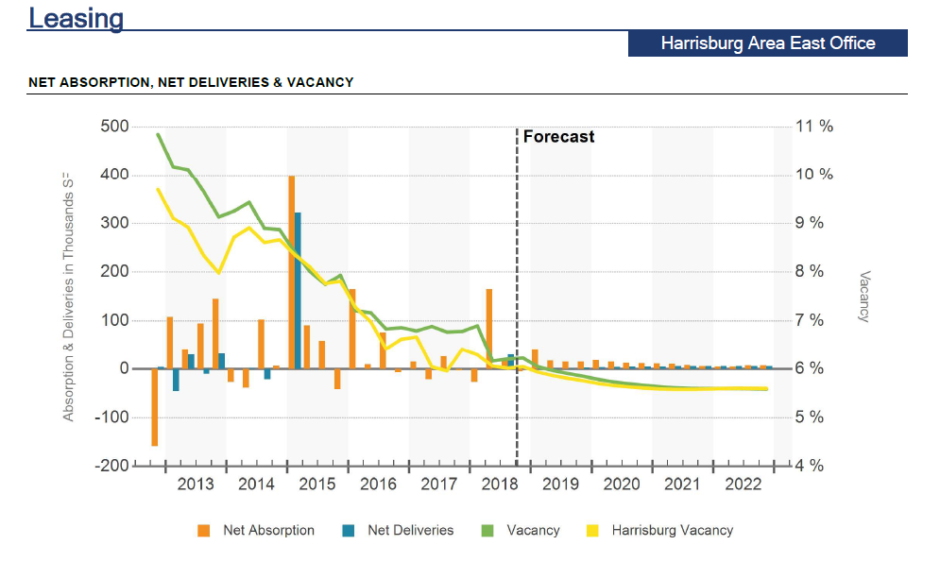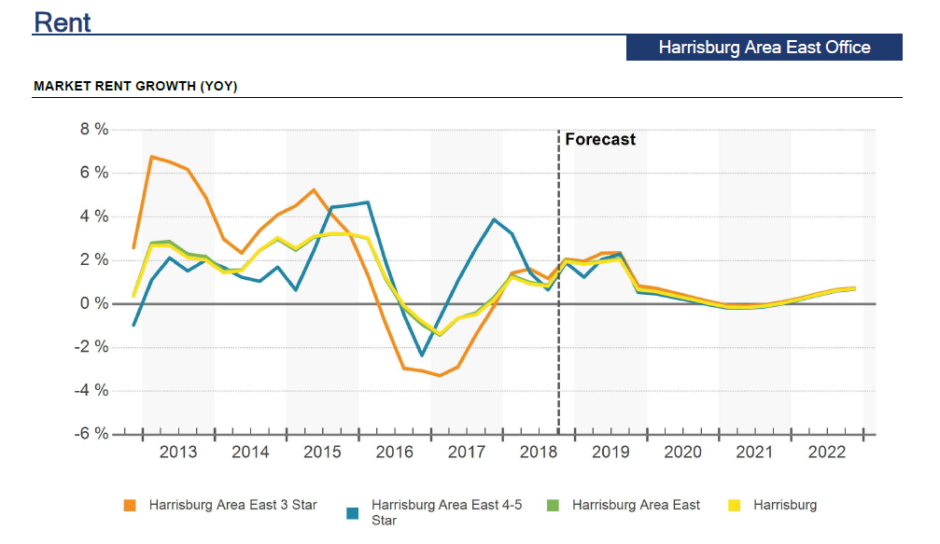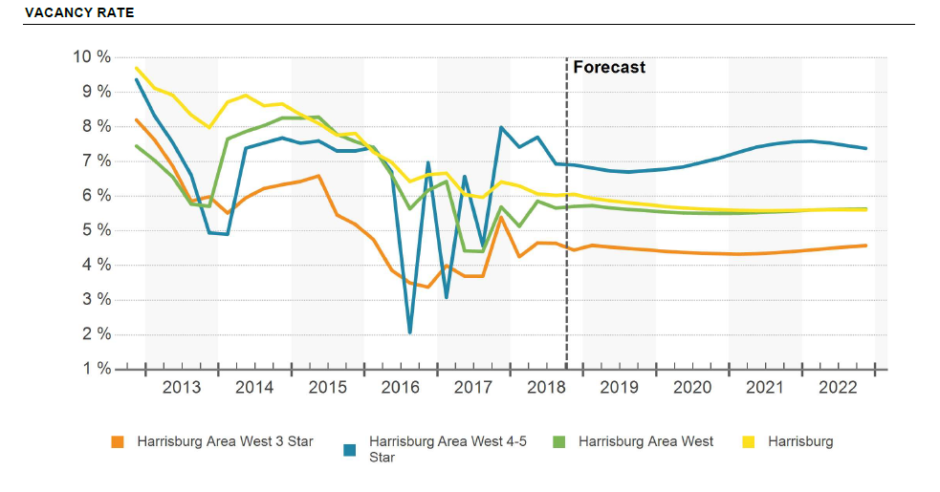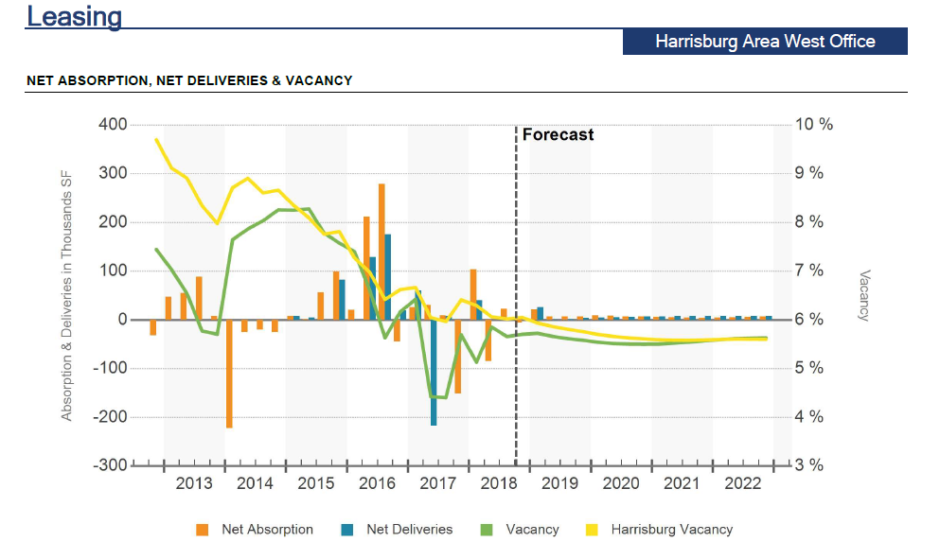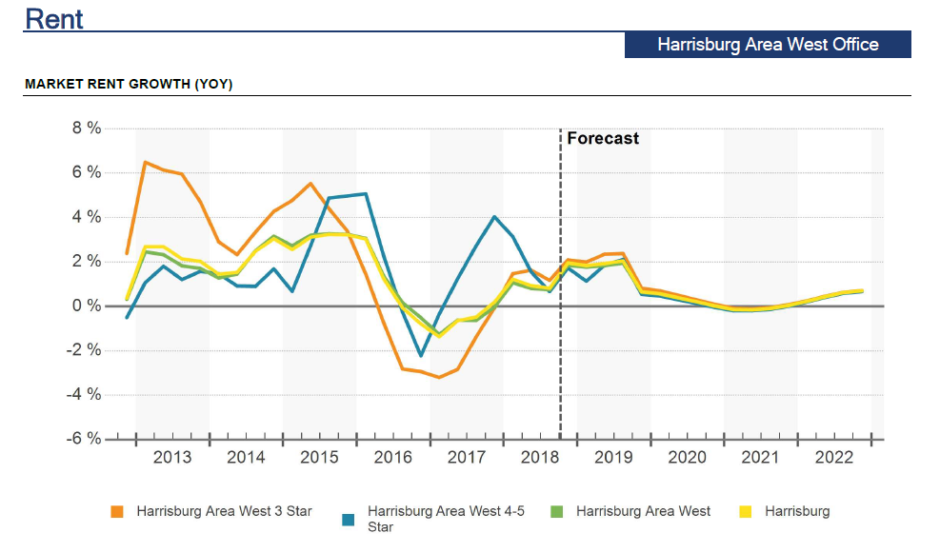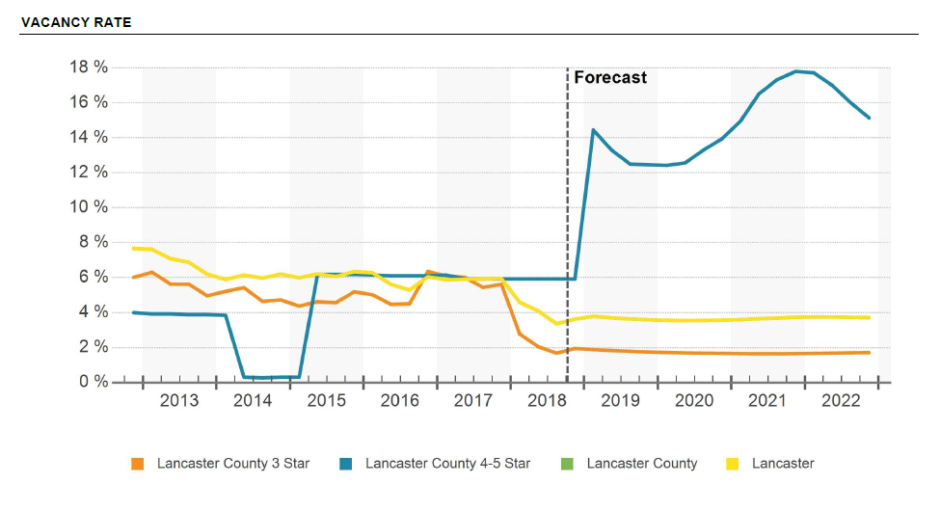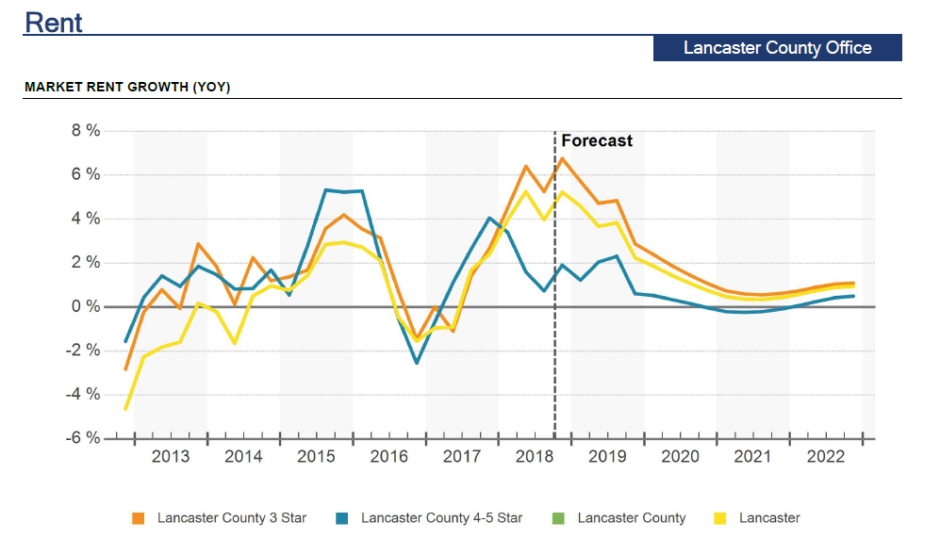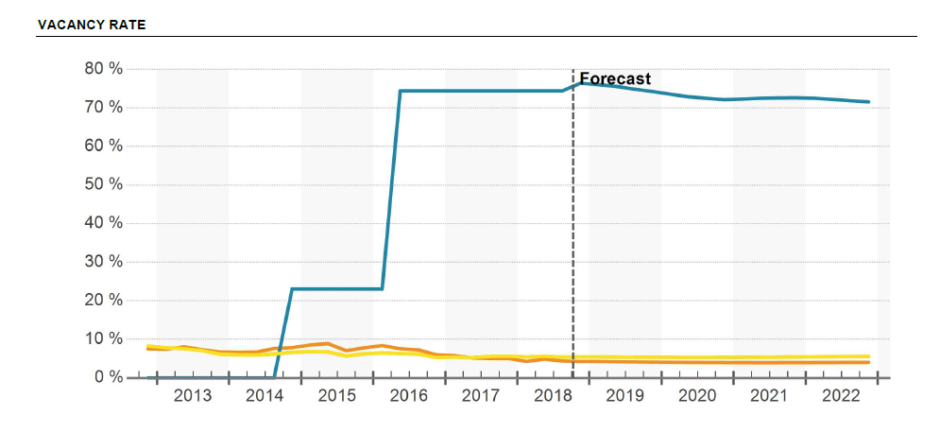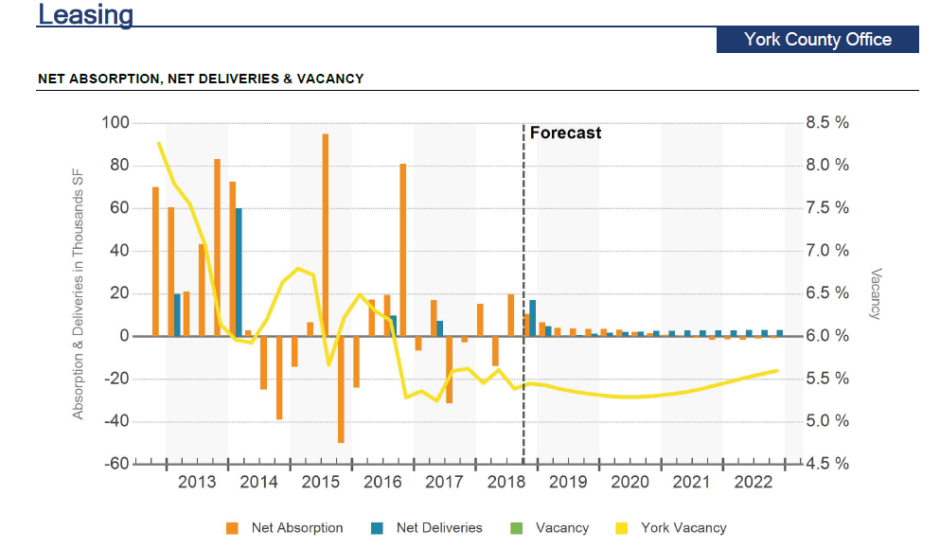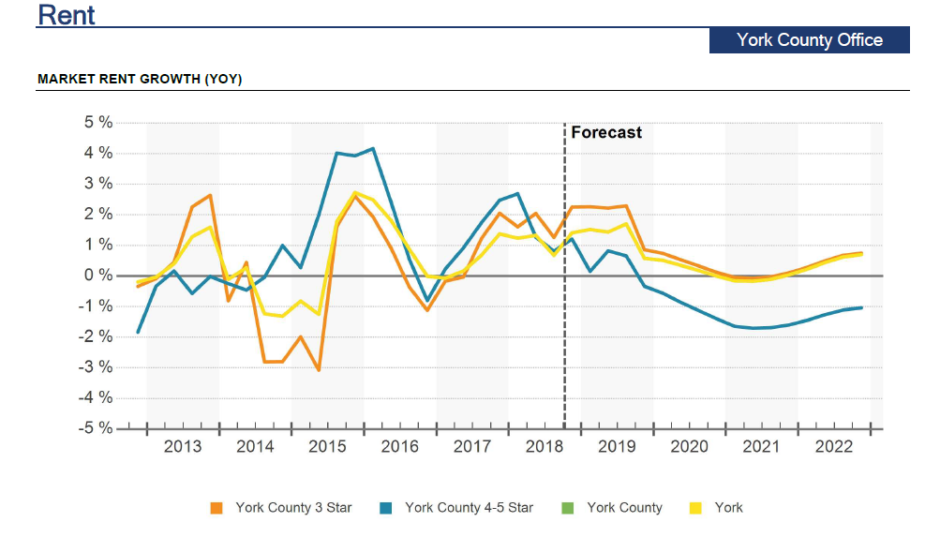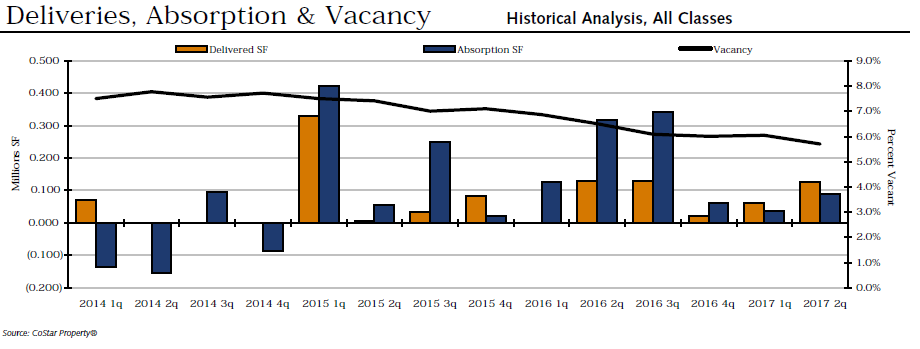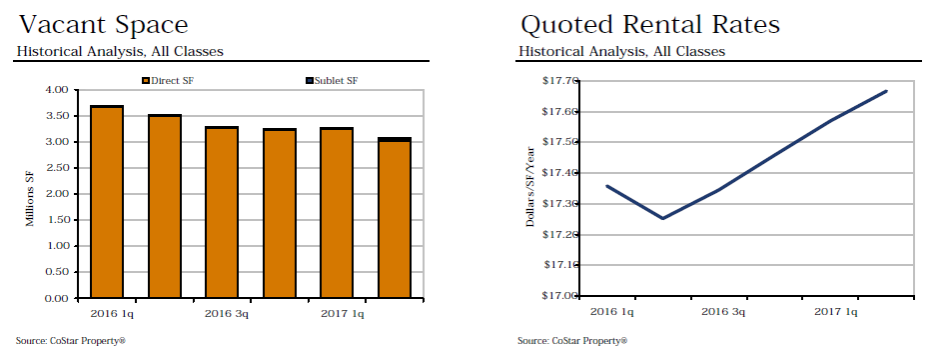The world is still responding and adjusting to the ripple effects that the COVID-19 impact had on every business, industry, and person. Where will it stop? No one knows, but we do know that where impact occurred, so did change. This rings true for the commercial insurance industry which suddenly found itself faced with a ton of unique circumstances. As businesses changed their services and practices to adjust to COVID-19 shutdowns, limitations, and new protocols, many also found themselves reviewing their commercial insurance policies to see where they might be covered for losses.
 To help answer some of the unknown on this topic, we looked to a local professional. Alan Hostetler of Alan Hostetler Insurance Agents and Brokers, Inc. has provided us with his insight on the topic of how COVID-19 has impacted business insurance policies here in Central Pennsylvania. Since 1974, Alan Hostetler Insurance Agents and Brokers, Inc. has been providing insurance coverage for Central Pennsylvania. With experience providing personal, commercial, health, and life insurance, Alan brings extensive knowledge and insight to this topic. Keep reading for our Q&A with Alan.
To help answer some of the unknown on this topic, we looked to a local professional. Alan Hostetler of Alan Hostetler Insurance Agents and Brokers, Inc. has provided us with his insight on the topic of how COVID-19 has impacted business insurance policies here in Central Pennsylvania. Since 1974, Alan Hostetler Insurance Agents and Brokers, Inc. has been providing insurance coverage for Central Pennsylvania. With experience providing personal, commercial, health, and life insurance, Alan brings extensive knowledge and insight to this topic. Keep reading for our Q&A with Alan.
Omni: How has COVID-19 impacted business insurance policies?
Alan: Surprisingly, COVID-19 has had only a minor impact on business insurance policies. This is mostly because the exposure to potential losses incurred during a global pandemic is excluded either by intent or by specific exclusion. Unfortunately for most businesses looking for insurance to cover the cost of various losses incurred due to COVID-19, their business insurance policy was not designed to provide protection from a pandemic.
Omni: What changes do you anticipate being made to insurance policies in light of the global pandemic?
Alan: This is an exposure that cannot be easily measured or assessed, therefore insurance companies will likely avoid even offering “pandemic” coverage. There may be a few specialty companies that may offer a limited policy (in scope and limits) at a very high premium which will discourage any potential customer. Though (hopefully) a global pandemic of this proportion is not likely to reoccur any time soon, insurance is simply not likely to provide businesses with any sort of protection from such losses in the future.
Omni: What are your thoughts on the UK Supreme Court unanimously ruling in favor of the policyholders regarding the non-damage insurance policy clauses — which cover disease and denial of access to business premises?
Alan: Though I am not familiar with the ruling, I would suggest that the coverage offered in the UK is totally different than offered in the US. Our coverage in the U.S. can vary by state so it is difficult to comment on the structure of insurance in the UK. There have been several instances in the U.S. that the Business Income coverage has been tested but the courts ruled in favor of the insurance companies. The is no ambiguity in the policy language.
Omni: Do you feel that a similar case may make its way to the US? Share your thoughts on what this might look like.
Alan: There have been several in the U.S. and one namely in New Jersey which was shot down.
Omni: What advice do you have for local business owners regarding how they are insured and how they may protect themselves in the future from something like a global pandemic?
Alan: The last Pandemic in the U.S. was the Spanish Flu at the end of World War I. The insurance industry will not be the answer. If a company does offer the coverage it will be with a specific limit of insurance, large deductible, and high premium – so overall, a very undesirable product.
Omni Realty Group thanks Alan for sharing such insightful and candid information. While most businesses would be hopeful that there could be an insurance policy that could act as a magic wand and protect them from all risks and losses, that will never be the case for several compelling reasons. Fortunately, there are plenty of other insurance options to protect other assets that are of value to a business. As for the impact of COVID-19, businesses would do best to remain attentive to ways they can shift their processes to remain an accessible and convenient option to customers until we can work our way through this pandemic.
Do you have a question related to COVID-19 and commercial insurance policies, or an experience to share? Join in the conversation by leaving a comment below.



